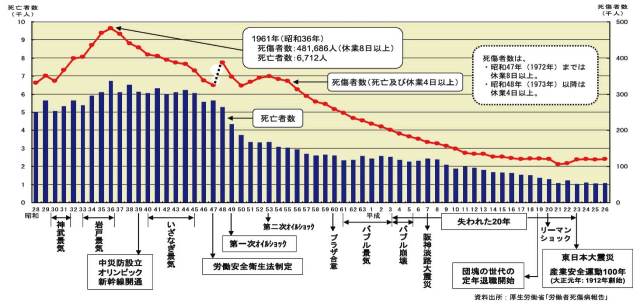
- |<
- <
- 1
- >
- >|
-
Daisuke FUJITA2016 Volume 37 Issue 7 Pages 287
Published: July 10, 2016
Released on J-STAGE: July 20, 2016
JOURNAL FREE ACCESSDownload PDF (150K)
-
Satoshi KANEKO, Daigo MURAI, Yuki KOMOTO, Shintaro FUJII, Hisao NAKAMU ...Article type: Original
2016 Volume 37 Issue 7 Pages 288-293
Published: July 10, 2016
Released on J-STAGE: July 20, 2016
JOURNAL FREE ACCESSThe metal-molecule interface, particularly the molecular adsorption site, plays a decisive role in the efficiency and durability of organic electronics and the characteristic variability of molecular electronics. However, precise molecular-scale handling of the metal-molecule interface remains to be achieved, owing to technical limitations. Here, we developed a hybrid spectro-electrical technique that enables detailed in situ characterization of the metal-molecule interface at room temperature with single-molecule resolution. This non-destructive technique combines surface-enhanced Raman spectroscopy and current-voltage measurements to obtain correlated structural and electronic details of a single 1, 4-benzenedithiol molecule suspended between two Au electrodes. Significantly, this technique was found to be sensitive to the molecular adsorption site, thus providing an important step toward the reliable integration of millions of individual molecular components into working devices. View full abstractDownload PDF (891K)
View full abstractDownload PDF (891K) -
Saki SUMIDA, Hiroshi OHOYAMA, Takuya MATSUMOTOArticle type: Original
2016 Volume 37 Issue 7 Pages 294-298
Published: July 10, 2016
Released on J-STAGE: July 20, 2016
JOURNAL FREE ACCESSAlthough the protein attracts as a candidate molecular electronic material, its conduction mechanism in dry condition is not clear in detail. Electrical conductance through a single molecule of lysozyme, which is composed of only peptide chain without metal, was observed by conductive atomic force microscopy using a gold substrate and gold-coated tip modified with a self-assembled monolayer of 2-pyridine sulfide. A significant current (∼10−9 A) is observed to flow under a bias voltage, and the current-voltage (I-V) characteristics show non-linear I-V characteristics with clear thresholds about 2.5 V. Observed I-V characteristics can be well reproduced by the single barrier tunneling model based on the narrower barrier width with the bias voltage. These results suggest that the electrical conduction of lysozyme is governed by the tunneling mechanism via the peptide chain of protein.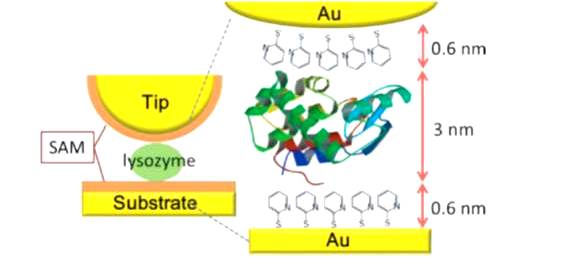 View full abstractDownload PDF (506K)
View full abstractDownload PDF (506K) -
Naoki YANAGI, Yuji HIRAI, Tateo SHIMOZAWA, Masatsugu SHIMOMURAArticle type: Original
2016 Volume 37 Issue 7 Pages 299-303
Published: July 10, 2016
Released on J-STAGE: July 20, 2016
JOURNAL FREE ACCESSOxygen is an essential source for humans or autonomous underwater vehicles. However, the underwater activity is limited in present, because of the limited capacity of diving cylinders. In nature, there are some insects, which utilize superhydrophobic hair structures as physical gills, semipermanently living in water. We focused on this physical gill, which was called plastron and was trapped air bubble at the surface, and attempted to prepare artificial plastrons by using self-organized honeycomb-patterned films. In this paper, we show the preparation of artificial plastrons and the measurement of their oxygen permeability. We found that durable honeycomb-patterned films resisted the water pressure can be prepared by using polybutadiene and poly (bisphenol A carbonate), and dissolved oxygen inwater was transferred to oxygen consumption bottle inside though the porous films. These data suggest that the honeycomb-patterned films may be used as artificial plastrons.
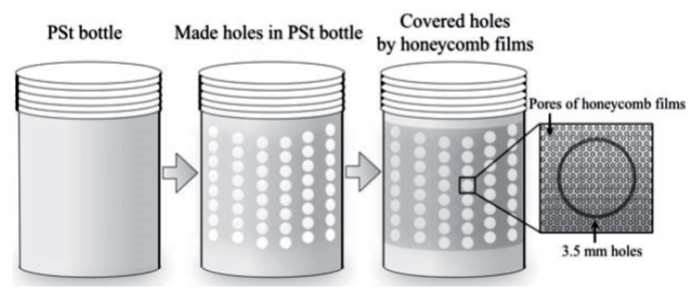 View full abstractDownload PDF (844K)
View full abstractDownload PDF (844K) -
Jo ONODA, Kohei NIKI, Yoshiaki SUGIMOTOArticle type: Current Topic
2016 Volume 37 Issue 7 Pages 304-309
Published: July 10, 2016
Released on J-STAGE: July 20, 2016
JOURNAL FREE ACCESSThe intermixing can occur between deposited Ge and substrate Si atoms during the initial stage of the epitaxial growth of Ge on Si(111). Because of the miscibility of Ge and Si, it has been hampered to discriminate Ge and Si adatoms on the intermixed Ge/Si(111)-(7×7) surfaces by scanning tunneling microscopy. Here, we report successful identification of individual Ge and Si atoms by non-contact atomic force microscopy. By analyzing histograms of maximum attractive forces in force spectroscopy, we found that the more reactive tip we used the larger the separation of the peaks derived from Ge and Si became in the histograms. We demonstrate that the present method is also applicable to other reconstructed surfaces; Ge/Si(111)-(5×5). Although the adatoms in the topmost layer of Ge/Si(111)-(5×5) were dominantly occupied by Ge, a small amount of Si adatoms surely existed and were randomly distributed.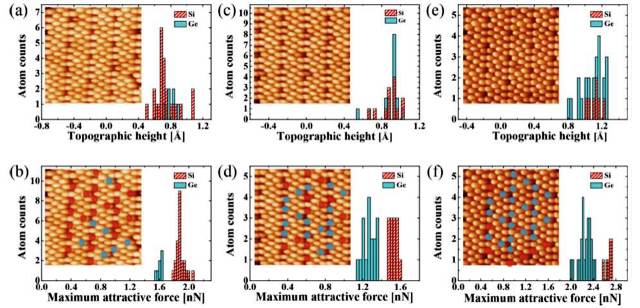 View full abstractDownload PDF (1242K)
View full abstractDownload PDF (1242K) -
Akitoshi SHIOTARI, Takashi KUMAGAI, Martin WOLFArticle type: Current Topic
2016 Volume 37 Issue 7 Pages 310-314
Published: July 10, 2016
Released on J-STAGE: July 20, 2016
JOURNAL FREE ACCESSTip-enhanced Raman spectroscopy (TERS) is one of the promising techniques to probe simultaneously local vibration and geometric structure of adsorbates on surfaces. In this study, we conducted room-temperature TERS measurement of 0.74 nm wide graphene nanoribbons (GNRs) fabricated on Au(111) by the on-surface polymerization technique under ultrahigh-vacuum conditions. We observed that the GNRs stably adsorbed and homogeneously distributed over the surface, whereas strong intensity fluctuation (blinking) of the TER spectra frequently emerges in the time series. We studied the intensity distribution of the characteristic D and G band systematically and ascribed its origin to the structural fluctuation of the tip apex.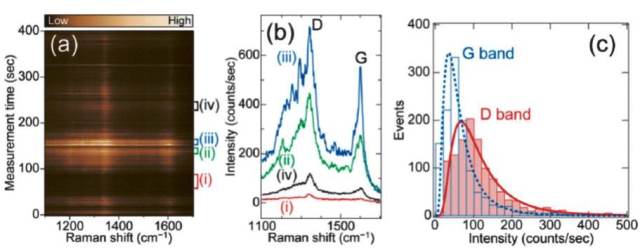 View full abstractDownload PDF (846K)
View full abstractDownload PDF (846K) -
Yoichi OTSUKAArticle type: Current Topic
2016 Volume 37 Issue 7 Pages 315-319
Published: July 10, 2016
Released on J-STAGE: July 20, 2016
JOURNAL FREE ACCESSUnderstanding the spatial distribution of chemical components inside materials is essential to make advances in science and technology. Scanning probe electrospray ionization mass spectrometry (SPESI-MS) is an analytical technique to realize the ambient sampling and ionization. The fusion of the electrospray ionization technique in mass spectrometry and the technique used in scanning probe microscopy has given a birth to a new analytical method. The demonstration of a label-free mass imaging of biological tissue sections showed the possibility of bio-marker detection and/or discovery by SPESI-MS. View full abstractDownload PDF (1029K)
View full abstractDownload PDF (1029K) -
Tomoko K. SHIMIZU, Oscar CUSTANCEArticle type: Current Topic
2016 Volume 37 Issue 7 Pages 320-325
Published: July 10, 2016
Released on J-STAGE: July 20, 2016
JOURNAL FREE ACCESSRecent advances in non-contact atomic force microscopy (NC-AFM) allow us to visualize structural frameworks of small organic molecules. So far, metallic probes mounted on a stiff piezoelectric sensor in a qPlus configuration and functionalized with a CO molecule have been mostly used to observe relatively flat molecules that are adsorbed parallel to the surface. We have developed a new method that is capable of imaging 3D molecules and surface systems using a so-called multi-pass routine. This imaging method can be used with commercial Si cantilevers to obtain submolecular resolution under less demanding conditions compared to the CO-functionalized probe. In this report, we describe technical points, theoretical interpretation of image contrast, and examples of multi-pass images. A comparison with the previous method is also given to better understand our newly developed technique.
 View full abstractDownload PDF (801K)
View full abstractDownload PDF (801K)
-
—The Transition of the Industrial Accident Occurrence and the Composition Ratio of That by the Major Industries—Naoki MAMIYA2016 Volume 37 Issue 7 Pages 326-329
Published: July 10, 2016
Released on J-STAGE: July 20, 2016
JOURNAL FREE ACCESS
-
Naoko SANO2016 Volume 37 Issue 7 Pages 330-331
Published: July 10, 2016
Released on J-STAGE: July 20, 2016
JOURNAL FREE ACCESSDownload PDF (364K)
-
2016 Volume 37 Issue 7 Pages 332
Published: July 10, 2016
Released on J-STAGE: July 20, 2016
JOURNAL FREE ACCESSDownload PDF (1061K)
-
2016 Volume 37 Issue 7 Pages 333
Published: July 10, 2016
Released on J-STAGE: July 20, 2016
JOURNAL FREE ACCESSDownload PDF (164K)
- |<
- <
- 1
- >
- >|
